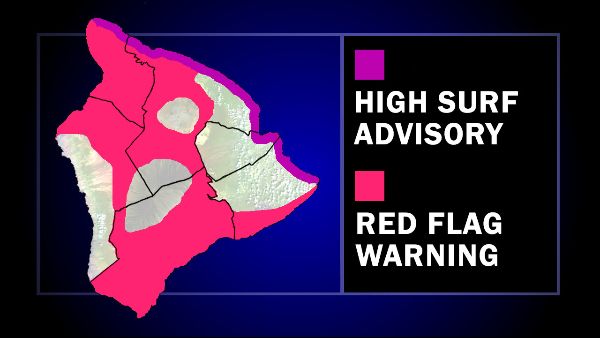Painting by the late artist and school teacher, Setsu Okubo, that hangs in the kitchen at Malu ‘Aina
Please call or email Hawaii County Mayor Mitch Roth and urge him
to sign Bill 206 Draft 2 to repeal the military exemption from
Hawaii County’s Nuclear-Free Law
that was passed unanimously by the Hawaii County Council
on Nov. 8, 2024.
For more background on the history of the Nuclear-Free law see
https://malu-aina.org/?p=10617
May Peace Prevail on Earth!
Mahalo
Jim Albertini
Malu ‘Aina Center for Non-violent Education & Action P.O. Box 489 Ola’a (Kurtistown), Hawai’i 96760
Phone (808) 966-7622 Email ja@malu-aina.org to receive our posts.
For more information see https://www.malu-aina.org
1 . Mourn all victims of violence. 2. Reject violence & war as solutions. 3. Defend civil liberties. 4. Oppose all discrimination: anti-Islamic, anti-Semitic,
anti-Hawaiian, anti-Black, anti-Asian,anti- Russian, anti-LGBTQ, etc.
5. Seek peace through peaceful means and work for justice in Hawai`i and around the world.
Nov. 15, 2024, Hilo Peace Vigil leaflet – week 1207– Fridays 3:30-5 PM downtown Post Office

Hawaiian activist, Moanikeala Akaka, on the far right of the photo above, initiated the
original historic Nuclear Free Law of Hawaii County in 1981
Yugo Okubo, brother of artist and school teacher Setsu Okubo, protesting a visiting nuclear warship
at the Hilo docks in the 1980s.
Yugo was a 100th infantry battalion soldier of the 442 who fought in Europe in WW II
Yugo was a freshman at UH Manoa who dropped out of school following the Pearl Harbor
attack to enlist in the Army to prove his loyalty as a Japanese American.
Within 5 years after the war he was jailed as an “Unamerican” under the McCarthy era.
He was one of the Hawaii 39 jailed for union organizing.
Yugo said his claim to fame was “He went from hero to Unamerican in less than 5 years.
Yugo lived at Malu ‘Aina for 7 years.
Behind Yugo in the photo are goodwill fruit gifts from Malu ‘Aina farm to the warship crew.
Malu ‘Aina Center for Non-violent Education & Action P.O. Box 489 Ola’a (Kurtistown), Hawai’i 96760
Phone (808) 966-7622 Email ja@malu-aina.org to receive our posts. For more information see https://www.malu-aina.org
--
Jim Albertini Malu 'Aina Center For Non-violent Education & Action P.O. Box 489 Ola'a (Kurtistown) Hawai'i 96760
Phone 808-966-7622 Email ja@malu-aina.org Visit us on the web at www.malu-aina.org


